Have you ever walked into a space and felt the vibe matching? That’s pretty common when all your senses get in touch with the sensory design.
With the expert Simon Mayhew, founder of TXTURED Design Studio, you will learn more about this and how you can incorporate it into your home. He will take you through the intricacies of interior designs and sensory touch in living spaces that live in timeless spaces. Get ready to find all about the ways and tips to turn your house into a home with sensory design through this quick guide.
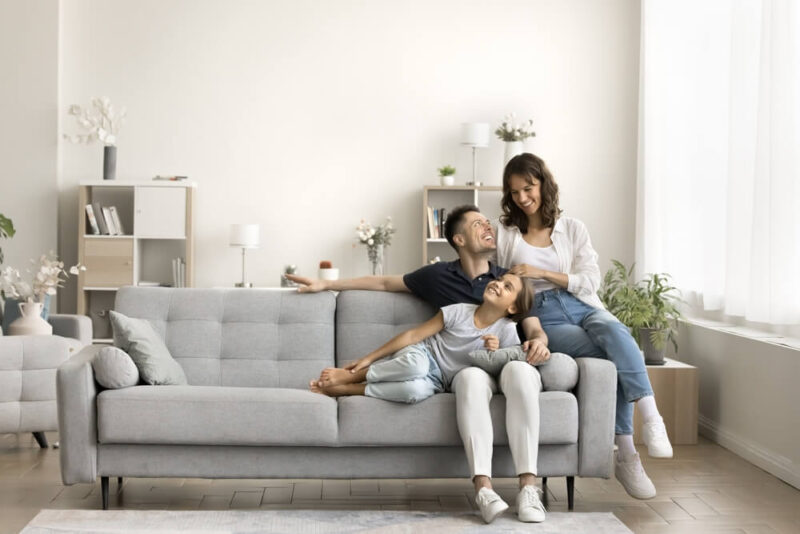
Know More About Sensory-Led Design
Connecting with each part of your home is essential. That’s what sensory design is all about. Let’s find out what it means and how to incorporate it into your house and turn it into a home.
What Does Sensory Design Mean?
Sensory-led design is a product that connects with all human senses. These designs touch the senses simultaneously and can affect different senses separately. At home, sensory-led design means incorporating textures, scents, lighting and sound into your home interiors. This will help create a calm, cosy and comfortable space. For example:
- You can feel the texture when you touch the wall or furniture.
- With the window opened and lights passing through the curtains, it will allow natural light, giving a soothing feel.
- Other than that, if you place the scented candles correctly, it will make your living space smell pleasant.
- You can use soundproofing and create quiet rooms.
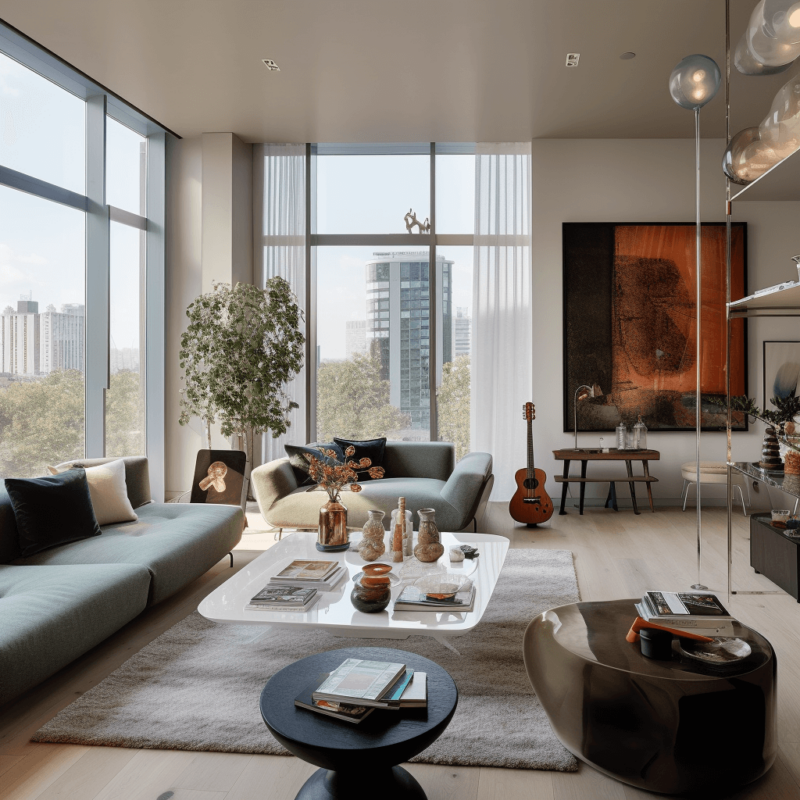
How Can You Incorporate Senses Into Interior Design?
Scents and fragrances play a vital role in connecting the space and people. For instance, when you enter a fine dining restaurant in Dubai, they have a scent, instantly creating a relaxing atmosphere. Similarly, you can turn the house into a home with scent, textures, and sensory-friendly design.
So, basically, a sensory design touches all your senses—living room paint, scent, light, textures, warmth, and how every touch feels. That’s what Simon Mayhew’s attention to the designs brings to the table and changes the home’s feeling with his experience.
Choose the Right Lighting
As lighting can create an entire mood, each area of your home needs a different sensory room design. If you hire an interior design company in Dubai, they can bring the right touch of all the senses. Here’s how you can use the LED lights in the different home spaces:
1. Living Room
When decorating the living space, you can use ambient and accent lighting. This will help enhance the cosiness of the living room. Besides, if you have a small space, according to Simon Mayhew, the sensory and the right type of lights can help make your studio apartment look bigger.
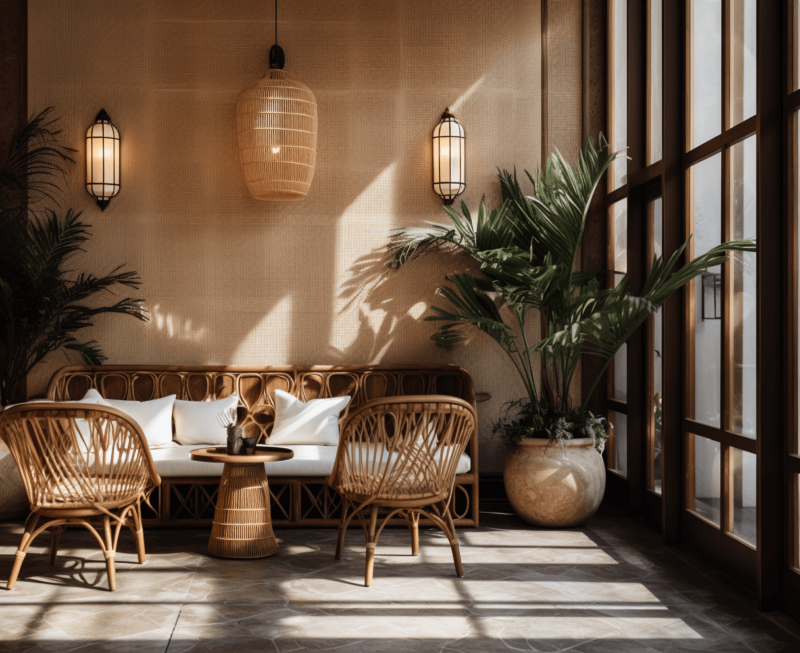
2. Kitchen Spaces
Functional lighting is your go-to option for the kitchen as it’s practical and modern. Besides, your space is incomplete without a perfectly decorated kitchen.
Be it plants, using vertical gardens in the kitchen or functional lighting, these all play an important role in sensory design.Additionally, kitchen spaces have that natural food scent – you can change that with citrus or herbal scents.
3. Bedrooms
For bedrooms, you need dimmable lights. Also, surround yourself with scented candles. Use lavender or vanilla-scented candles, which will help you relax after a long day. In addition, wall-mounted sensory LED lights can help create a comfortable atmosphere.
Also, choose lights that help make your small bedroom bigger. Choose the furniture, textures, rugs and fabrics that add a sensory touch. After all, the bedroom is a space where you go for comfort and relaxation. So, darker and dimmer lights help add comfort to the space.
Use Textures to Stimulate Touch
Touch is a powerful sense often ignored in home design. However, it plays a significant role in how we experience the things around us and the environment. Adding textures to the sensory design for your home can go a long way.Here’s how you can incorporate texture into your home design:
- Choose textures for your sofa sets, cushions, rugs, and other furnishings that add comfort to your space.
- Furniture can also have different textures. For example, various types of wood offer unique touch experiences and differences in appearance, grain, and colour. You can find different textures in the top furniture stores.
- Incorporate textures in your bathroom with unique, statement tiles and in your bedroom with materials used for your bed frame.
- Opt for natural fibres like cotton and bamboo for bedding and clothing, as they are more comfortable for sensitive skin. Avoid scratchy labels and seams when possible.
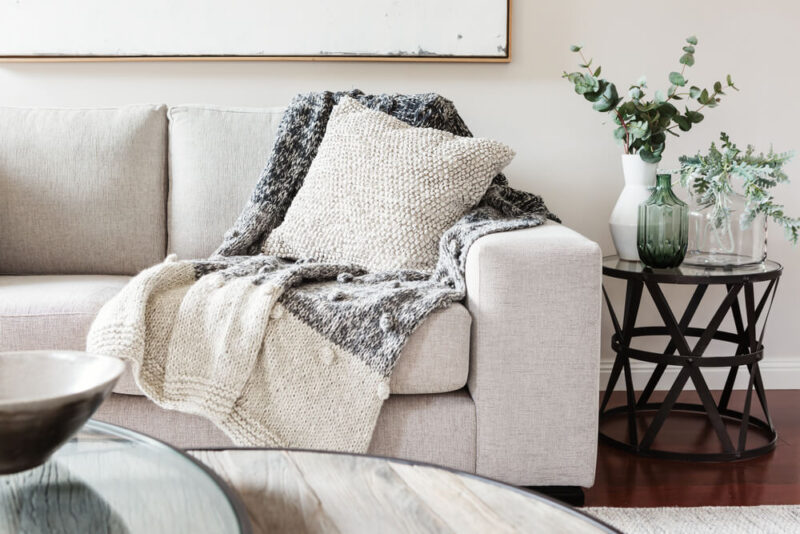
Stimulate your Sense of Smell
Scent stimulation is crucial when you want to turn your house into a home with sensory room designs. It can have significant impacts on a space. Scents add a personalised touch. Some choose strong scents, while others prefer light, natural and pleasant smells.Here’s how you can incorporate a sense of smell in your home design:
- Use diffusers, scented candles and room sprays to introduce pleasant scents into your home.
- Choose larger diffusers for bigger spaces to ensure the scent fills the room.
- Also, consider placing them near entryways so that guests are greeted with a lovely aroma as soon as they enter.
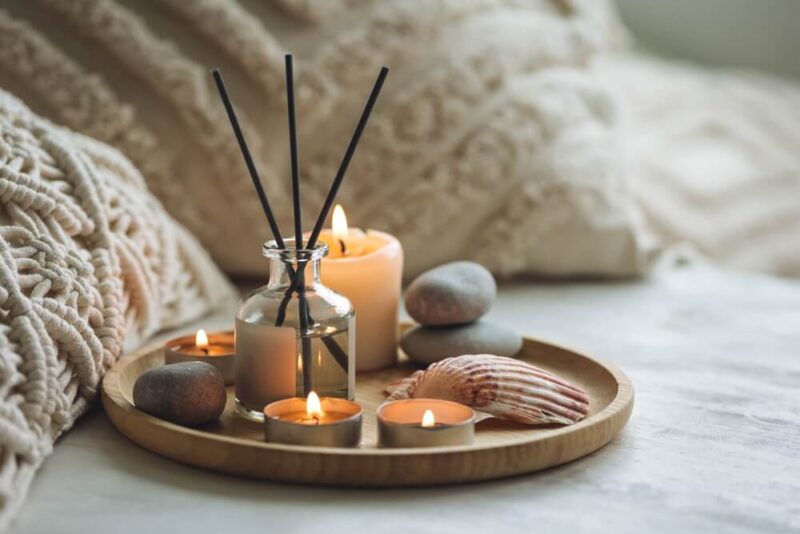
Tips on Creating a Comfortable and Peaceful Space
Here are some of the tips on how a sensory-led design can create a comfy and cosy space:
What Are Quick and Budget-Friendly Tips to Create a Sensory-Led Design for Your Home?
When homeowners decorate their homes, they should choose the elements that add a personalised touch and comfort to the space. For instance, you can visit the best furniture stores in Dubai and make a combination of colours, soothing textures, pleasant scents and appropriate lighting.
- Place a diffuser in your reception or by the home door
- Add a textured rug or wall art to the entryway of your home
- Use dim lights to make your living or bedroom a comfortable space.
- Allow natural light and avoid opaque curtains.
- Mix and match furniture styles, colours, and textures that are soothing for the eyes. For instance, plush cushions, soft throws and wooden accents add depth to the design.
- Place scented candles or spray perfumes that give a natural odour to the different home areas.
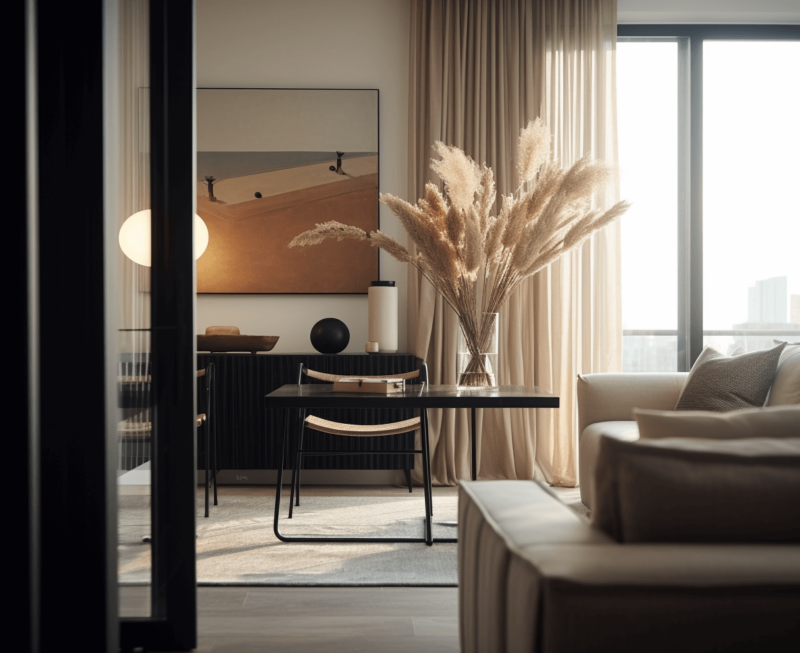
What Common Mistakes Do People Make Using Sensory Design?
Either overdoing it or keeping it too safe can make your sensory design dull. To avoid these mistakes, you can add the following to your home decoration:
- Use a good-quality diffuser or scent
- Add textured cushions and furniture
- Replace harsh lighting with soft and dim lights to add warmth
- Hang artistic frames and wall arts
How Sensory-Led Design Impacted People’s Home
Simon Mayhew, founder of TXTURED, also gave tips on enhancing your home and making it a comfortable and cosy space in the city’s hustle and bustle. Talking about one of his clients, Simon said how his client was happy and felt relaxed coming home. It was all about how each touch and footstep felt.
“I’m in my flat. I love it. The colors are beautiful and elegant. The artwork, too feels very cozy and warm, still classy, and it feels like home. Very well put together, the creativity. I’ve only been here 5 minutes, and I instantly feel relaxed.”
Simon Mayhew Client
By incorporating textured wallpapers, sensory room design, and organic shapes and decor pieces, you can transform your apartment into a warm and inviting sanctuary. These sensory-led design elements create an immediate and lasting effect, turning a cold, concrete space into a cozy and personalized living environment.

Simon Mayhew, Founder of TXTURED design studio.
The earliest of memories, Simon’s attention was drawn to the interiors of gorgeous homes, hotels, bars, and restaurants. Stepping into these spaces, his eyes would instantly be captivated by the intricate details and the ambiance they exuded. TXTURED is dedicated to creating timeless spaces that create and hold lasting memories.